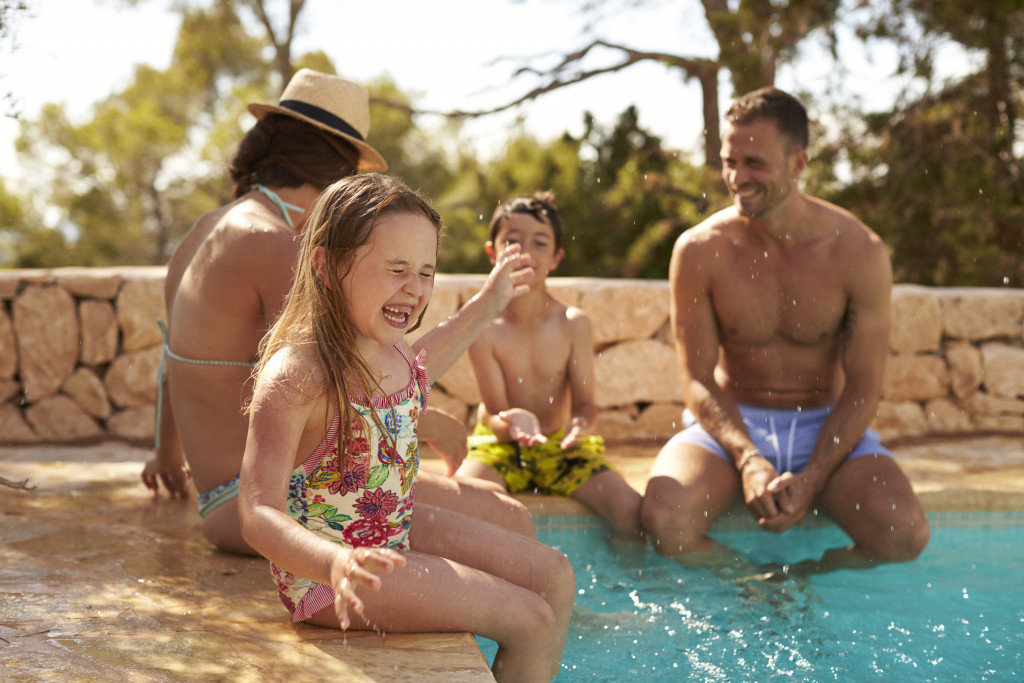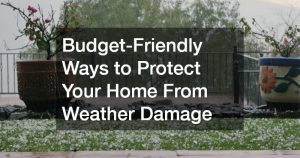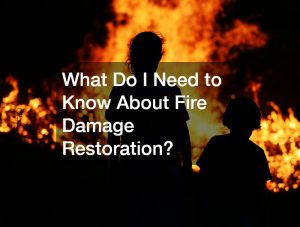Pool safety is an essential topic for any homeowner with a swimming pool. There are a number of things you can do to make your pool safe and reduce the possibility of accidents.
Drowning is the primary cause of fatal accidents for kids aged four and younger and the second cause for children under the age of 14. In fact, drowning is the fifth leading cause of unintentional death in the United States. The best way to prevent drownings and other pool-related accidents is to create a safe environment around your pool.
Residential pool drowning statistics
Swimming pools are one of the leading causes of accidental deaths among children under five years old. The most common cause is children falling into a pool and drowning. However, it also includes other accidents such as toxic exposure to chlorine or other pool chemicals.
Protecting your family from accidents
You can reduce the risk of non-drowning accidents in your pool by following some simple safety precautions. One of the most important things you can do is fence in your pool. This will keep children and animals from wandering into the pool area unsupervised. It also helps keep thieves from breaking into your pool area.
You should also install a cover on your pool when it is not in use. This will help keep out debris and stop people from accidentally falling into the pool. Make sure you have a lifeguard or someone who can swim available at all times when the pool is in use. Teach your children how to swim and about pool safety. Children should be aware of the risks and dangers of swimming pools and know what to do if they fall into a pool.

Ensure no ladders or steps lead into the pool that children could use to get in without permission. Keep a close eye on your children when they are in the pool. Do not leave them unattended. If you have something to do in the house, take them with you or have someone supervise them while swimming in the pool.
Never drink and swim. Alcohol and swimming do not mix. Do not get in or near the pool if you don’t know how to swim. Install a pool alarm to notify you if anyone enters the pool area unsupervised.
Keep pool toys out of reach. This will prevent children from trying to use them as steps into the pool or playing with them around the pool.
Teach everyone who uses your pool about the types of pool chemicals they are using. Teach them how to correctly handle these chemicals and what can happen if someone is exposed to them. Keep the pool pH at a safe level. A pool service professional can help you lower the pH level in your pool.
Overview of non-drowning accidents in the home
There are a number of risks for homeowners with a swimming pool at home. The most important is drowning, but other types of accidents can also happen. These include:
- Choking — If you have an in-ground pool, there is a chance that swimmers can get water up to their noses and get it into their lungs. This can cause the person to choke on the water and drown. Children are especially at risk for this type of accident.
- Electrocution — A pool’s electrical system can be dangerous if not installed and maintained correctly. If someone comes into contact with the pool’s electrical current, they can be electrocuted.
- Trips, Slips, and Falls — Wet surfaces around the pool can be very slippery. This can cause people to trip, slip and fall. Your children or senior loved ones may suffer from injuries when this happens. Be sure to call a professional or bring the victim to the nearest clinic or hospital for immediate medical attention.
- Chemical Burns — Chlorine and other pool chemicals can cause chemical burns if they come into contact with skin.
As a homeowner, it is important to be aware of these risks and take steps to prevent them from happening. For example, you can install fencing around your pool so that children cannot wander into the area without supervision. You can also have a lifeguard on duty when the pool is in use to prevent any accidents from happening.
If you follow these tips, you can reduce the risk of non-drowning accidents in your swimming pool. However, it is still essential to be aware of these risks and take steps to prevent them from happening. If an accident does occur, it is crucial to have a first aid kit on hand and know how to use it.











